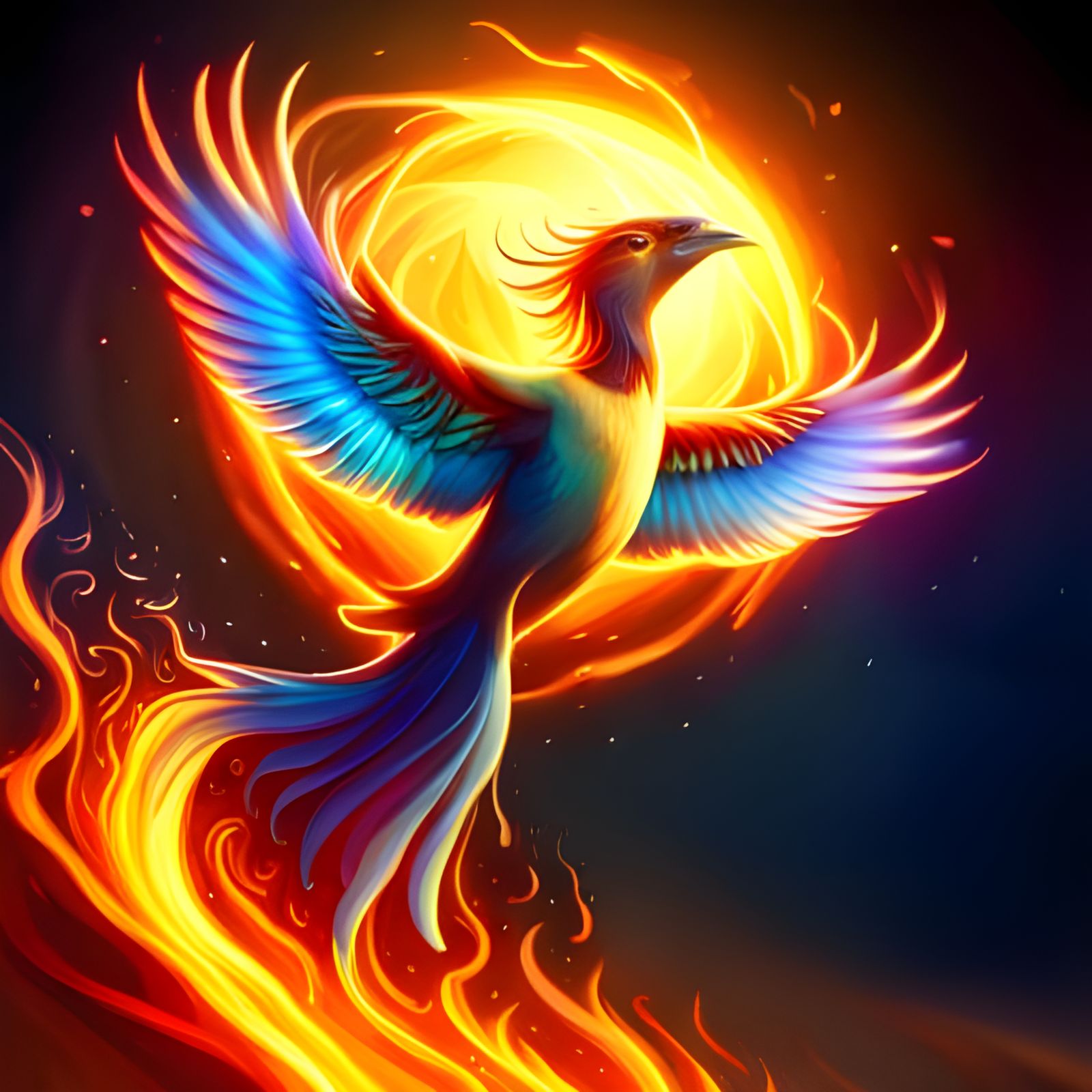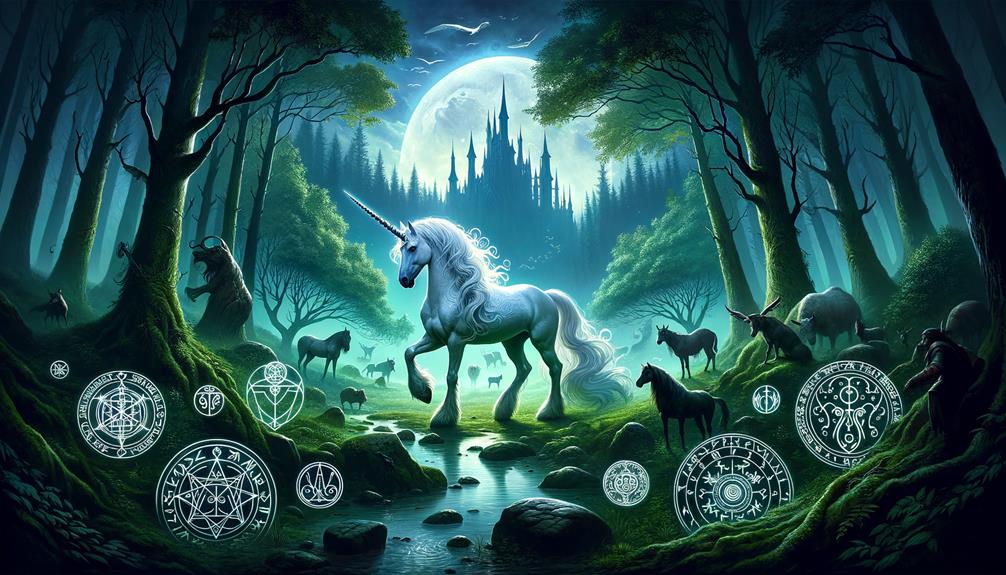Mythical Animals in Different Cultures and Their Real-Life Inspirations
Throughout history, humans have been fascinated by the mysteries of the natural world, often filling the gaps in their knowledge with creatures of legend and myth.
These mythical animals, which appear in the folklore and mythology of various cultures, often reflect the values, fears, and aspirations of the societies that created them.
Intriguingly, many of these mythical beasts have roots in real-life animals or natural phenomena, which inspired their creation. This article explores some of the most iconic mythical animals from different cultures and examines their real-life inspirations.
Dragons: Serpents of Power and Mystery

Eastern Dragons
In Eastern cultures, particularly in China, dragons are revered as powerful and benevolent creatures associated with water, weather, and fertility. Unlike their Western counterparts, Eastern dragons are often depicted as long, serpentine creatures with whiskers and without wings. They are symbols of strength, good fortune, and wisdom.
Real-Life Inspirations: The inspiration for Eastern dragons likely comes from a combination of animals and natural phenomena. Crocodiles, large snakes, and the Komodo dragon are possible influences. Additionally, the discovery of dinosaur fossils in ancient China might have contributed to the development of dragon myths. The Chinese alligator, a rare and ancient species, also bears a resemblance to the traditional dragon depiction.
Western Dragons
Western dragons, in contrast, are often depicted as monstrous, fire-breathing creatures with wings and a penchant for hoarding treasure. These dragons are typically seen as malevolent beings, embodying chaos and destruction.
Real-Life Inspirations: The inspiration for Western dragons may come from large reptiles such as snakes and lizards. The Nile crocodile, known for its formidable size and strength, could have influenced dragon legends. Additionally, the bones of prehistoric animals, like mammoths and dinosaurs, discovered by ancient peoples, may have been misinterpreted as the remains of dragons.
Unicorns: Symbols of Purity and Grace
European Unicorns
Unicorns are among the most enduring mythical creatures in Western folklore. Often depicted as a horse-like animal with a single, spiraling horn, unicorns symbolize purity, innocence, and grace.
They are believed to possess magical healing powers and are often associated with virginal maidens.
Real-Life Inspirations: The legend of the unicorn may have been inspired by the rhinoceros, whose single horn could easily be romanticized into the unicorn's delicate spiral.
Another possible inspiration is the oryx, a type of antelope with long, straight horns that can appear as a single horn when viewed in profile.
Additionally, the narwhal, an Arctic whale with a long, spiraled tusk, has contributed to the unicorn myth, with its tusks sometimes sold as "unicorn horns" in medieval Europe.
Asian Unicorns
In Asian cultures, unicorn-like creatures also exist, such as the Chinese qilin. The qilin is often depicted with a dragon-like head, antlers, and the body of a deer, sometimes with scales covering its body. It is considered a harbinger of prosperity and a symbol of gentleness and good fortune.
Real-Life Inspirations: The inspiration for the qilin could be derived from sightings of giraffes, which were brought to China from Africa. The giraffe's long neck and distinctive appearance may have led to the creation of this mythical creature.
Phoenix: The Bird of Resurrection

Greek and Roman Phoenix
The phoenix is a legendary bird that is said to burst into flames upon death and then rise from its own ashes, symbolizing immortality and resurrection. This myth originates from ancient Greece and Rome and has been embraced by various cultures throughout history.
Real-Life Inspirations: The inspiration for the phoenix may come from the flamingo, whose vibrant plumage and habit of nesting in saline lakes with a fiery, sun-like appearance could have sparked the myth.
Additionally, the Bennu bird of ancient Egyptian mythology, associated with the sun and rebirth, likely influenced the Greek and Roman phoenix myth.
Chinese Fenghuang
In Chinese mythology, the Fenghuang is a bird that reigns over all other birds and is a symbol of high virtue and grace. Often mistaken for the Western phoenix, the Fenghuang is associated with the empress and represents the union of yin and yang.
Real-Life Inspirations: The inspiration for the Fenghuang might come from the peacock or the golden pheasant, both of which have strikingly beautiful plumage. These birds, with their vibrant colors and elegant appearance, could easily inspire the myth of a majestic, celestial bird.
Kraken: The Terror of the Deep
Norse Kraken
The Kraken is a legendary sea monster said to dwell off the coast of Norway and Greenland. Described as a gigantic octopus or squid, the Kraken is known for dragging entire ships and their crews into the depths of the ocean.
Real-Life Inspirations: The myth of the Kraken is likely inspired by sightings of giant squids, which can grow up to 40 feet in length. These elusive deep-sea creatures rarely surface, but their enormous size and unusual appearance could easily fuel tales of sea monsters.
Additionally, the discovery of washed-up carcasses or tentacles of giant squids on beaches may have reinforced the belief in the Kraken.
Japanese Umibozu
In Japanese folklore, the Umibozu is a sea spirit that appears as a giant, shadowy figure on the ocean surface, causing storms and sinking ships. This mythical creature shares similarities with the Kraken in its association with the dangers of the sea.
Real-Life Inspirations: The Umibozu may be inspired by encounters with large sea animals such as whales or the sight of rogue waves, which can appear suddenly and pose significant danger to ships. These natural phenomena, coupled with the mysterious nature of the ocean, likely contributed to the creation of the Umibozu legend.
Conclusion
Mythical animals from different cultures offer a fascinating glimpse into the human imagination and the ways in which we interpret the natural world. These creatures often reflect the values, fears, and aspirations of the societies that created them, while also serving as metaphors for real-life animals and natural phenomena. By exploring the origins and inspirations behind these mythical beasts, we gain a deeper understanding of the cultural contexts in which they were born and the enduring power of myth in shaping our worldviews.
Sources
- National Geographic - Dragons: History and Mythology
- Smithsonian Magazine - The Myth of the Unicorn
- BBC - The Real Animals Behind Mythical Creatures
- Live Science - The Myth of the Phoenix
- Ancient Origins - The Mythical Kraken
- ThoughtCo - The Qilin: A Chinese Unicorn?
- Scientific American - The Real-Life Inspiration for the Kraken
- Mythology.net - The Fenghuang: Chinese Mythical Bird
- Encyclopedia Britannica - Bennu Bird
- Ancient History Encyclopedia - The Phoenix: Bird of Immortality
































































